Teaching Children Sign Language: Infants
This is the first post in a series on “Teaching Children Sign Language” about how I have taught my own children and students some sign.
(Disclaimer: This post contains Amazon affiliate links.)
Here is a brief summary of my history and love of American Sign Language:
- When I was in second grade, I taught myself how to sign the alphabet. I checked out a sign language book from the library and just learned it. And then I went on and instructed everyone else in the class.
- When I was in high school, I attended a community college American Sign Language class for fun. I would walk around school and finger spell everything that I was saying aloud.
- In college, I participated in creating a one term sign language class at my university. My boyfriend (later husband) and I would sign together as a secret language.
- Post-college, I again took a community college signing class.
You see, I never got really good at singing. I am not even close to proficient, let alone fluent. But what I did know I used. Often. Daily in fact.
When I began working as a Speech Language Pathologist, I started signing with many of my students while I spoke. Not a lot. Just the key vocabulary. It was important to me that my non-verbal and minimally verbal students had a visual language that was less temporal, and possibly more concrete than verbal language.
It was very important to my husband and I that our children learn to sign as well. So we started teaching our kids to sign the day that they joined our family. And we continued to reinforce that sign language over and over. We enrolled our (hearing) daughter in an ASL classroom, with the hopes that she might become fluent in sign.
Our children were pretty good at sign for a while. And then they lost interest and we forgot, and like any second language, it started to fade away. But guess what? Now MY daughter is in second grade. And her teacher’s first language is ASL. And she is learning it all over again. And it is beautiful.
My sister is expecting her first child very soon and asked me for some tips for teaching her child sign language.
I am going to post a series of posts on teaching how I have taught MY children sign language and how you can help kids at different ages!
Keep in mind that EVERY child is different. My son picked up on sign very quickly and was signing before he learned verbal speech. My daughter did not pick on it nearly as quickly and never learned nearly as many signs as her brother. Some children will have verbal benefits from learning signs. Others may not. But I strongly believe that ALL children benefit from exposure to multiple languages, and that’s exactly what ASL is!
1. Learn some signs.
Before you can teach your infant, parents need to learn some signs! Here are some sources:
2. Choose vocabulary that is meaningful and powerful.
It would have been silly for us to teach my kids the sign “dog” when they were infants, since they were never exposed to dogs. “Ball”, however, was a big one for my son. Other powerful and meaningful signs for infants could include:
- more
- eat
- drink
- mommy
- daddy
- finished
- milk
- pets in the home
3. Demonstrate and use the sign 100x times each day.
Seriously! That’s how most of us learn language, through tons of exposure and repetition.
4. Overemphasize the verbal AND sign.
I am not emphasizing sign in a vacuum. I prefer to teach it with the verbal word clear and obvious and with context. I sign “eat” when there is food near by. I sign “ball” when I’m about to pass the ball.
5. Practice the signs in a fun context.
Roll the ball back and forth and practice “MORE” or “BALL”. Do airplane feeding into the mouth and practice “MORE” or “EAT”.
6. Guide your child’s hands.
Something great about sign, that is that unlike verbal communication, the parent can physically help the child make the signs. Help shape your child’s hands and help them (repeatedly) with the sign. Then fade your prompts to be less and less over time.
7. Read together and sign.
You could choose any books (or photographs!) of important and fun vocabulary. As you see the words that you are practicing, sign them together. Book reading and signing gives the triple benefit of verbal vocabulary, signing vocabulary, and literacy exposure!
There are also some board books already on the market that include common signs (click on each picture to see them on Amazon):
8. Play, interact, and communicate together.
Talk to your child. Emphasize words you want them to learn. And sign at the same time. Play back and forth games such as ball rolling, peek-a-boo, and turn-on-the-super-annoying-musical-toy game. Hold back on the fun until you’ve shown and told them “MORE”.
9. Be patient.
Your child may pick up signing like a pro. Your child may not. It’s okay either way. You are helping your child’s brain to develop and that’s great no matter what!
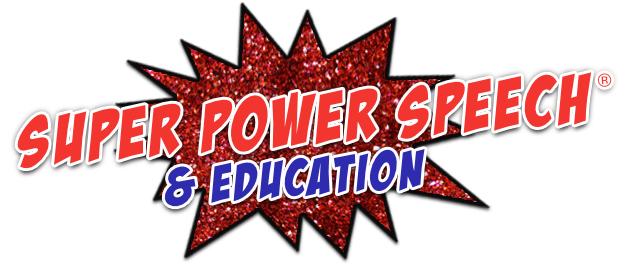
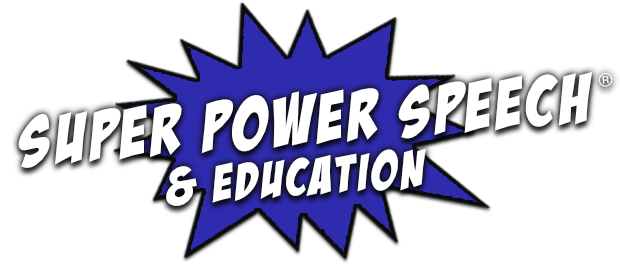






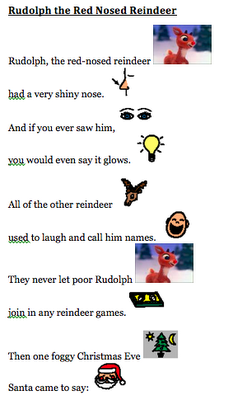

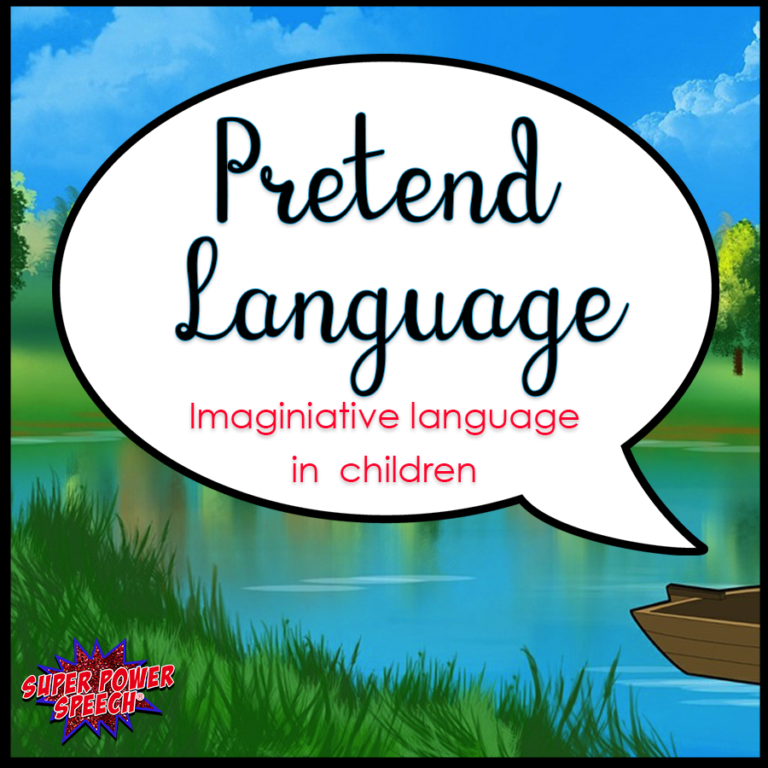
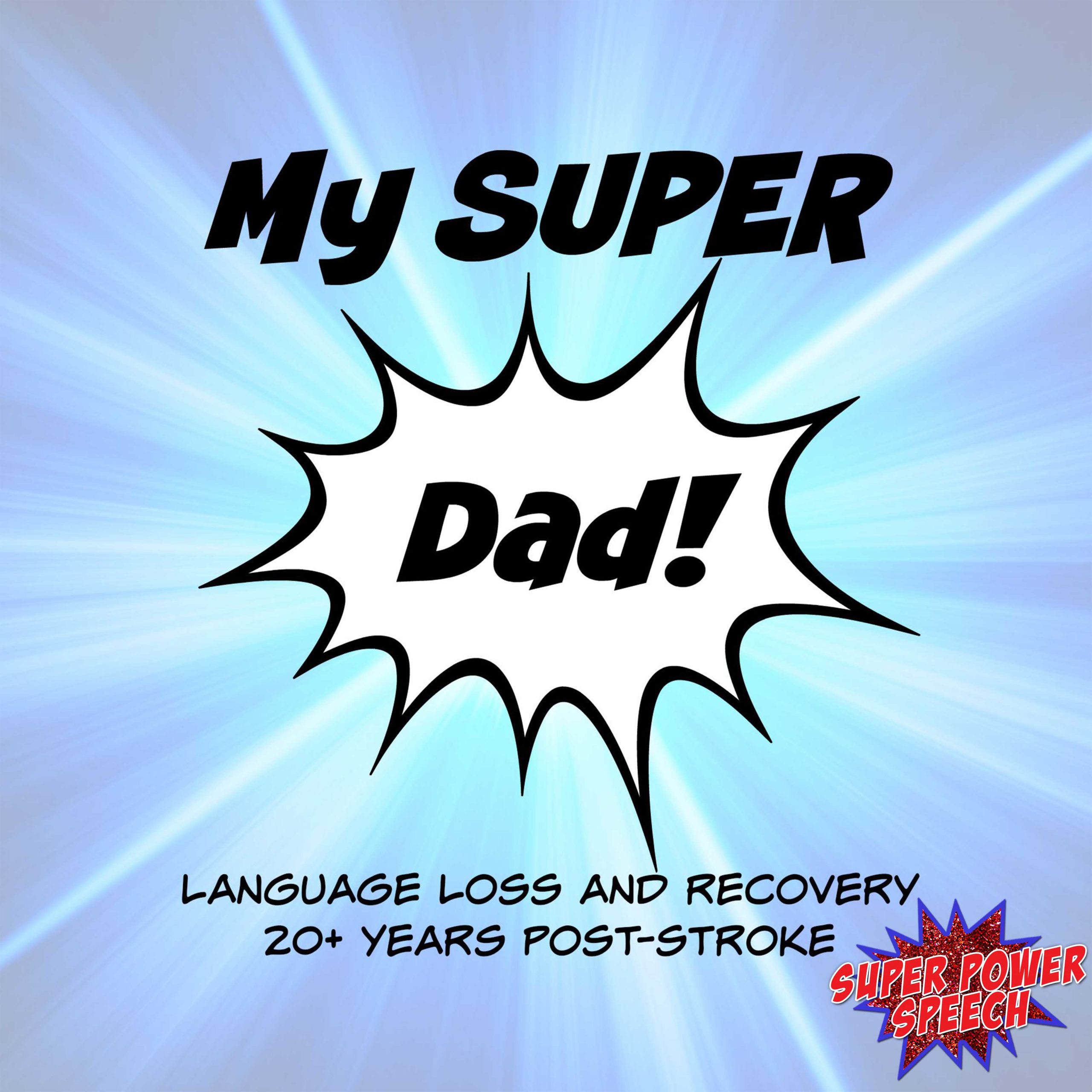
Nice post. I just started teaching my daughter signs (she’s 7 months) and it’s really neat. As an SLP, I can’t help but be so intrigued by her language development. Like you, I took a sign language class early on in elementary school and learned to sign the alphabet. I LOVED spelling out words, it was so fun to find someone else who knew the alphabet as well, so we could sign to each other.
Thank you sis! I’m looking forward to learning and practicing along with our son. I remember how incredible it was to see you interact with your two children through sign. It’s a powerful communication tool!
I love this post! My parents are deaf, actually, so I grew up learning ASL & English at the same time. My parents would leave the tv on for me at home & my (hearing) grandparents took care of me since both my parents worked at the time, so I learned English through those means, and ASL through my parents. ASL actually is the reason I got through grad school almost loan-free– I taught the undergrad ASL class at the university for my assistantship, which covered almost all of my tuition. It has definitely proven useful as an SLP, too, working with little ones! 🙂